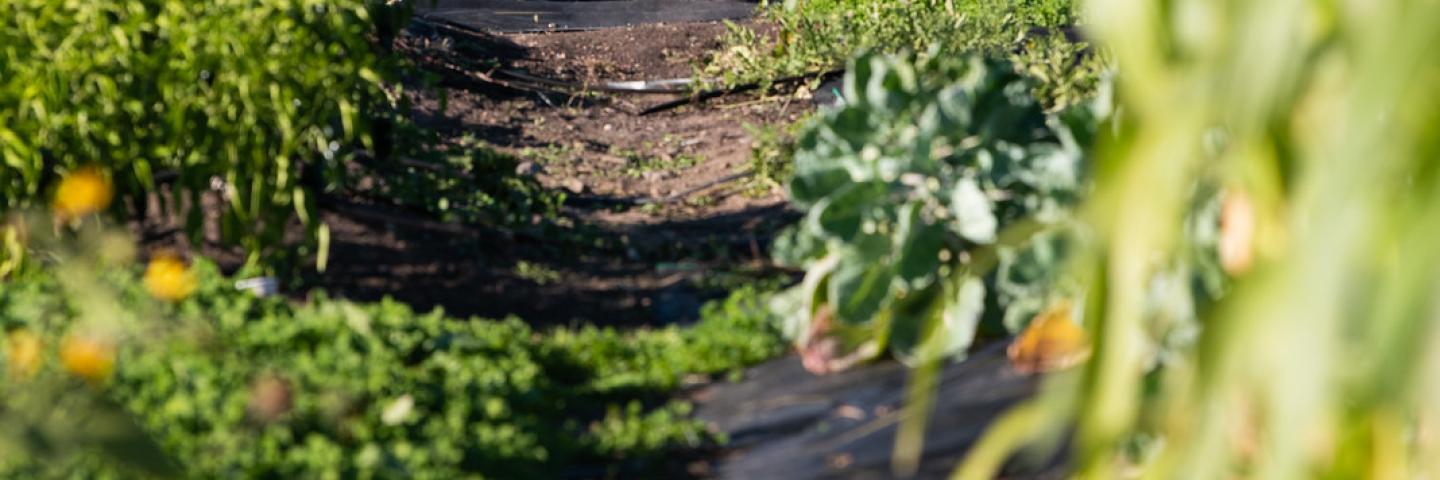NRCS Texas Announces Conservation Assistance Funding for FY2023

The USDA-Natural Resources Conservation Service (NRCS) in Texas announced Fiscal Year 2023 financial assistance opportunities for agricultural producers and landowners.
Temple, Texas, Oct. 4, 2022 — The USDA-Natural Resources Conservation Service (NRCS) in Texas announced Fiscal Year 2023 financial assistance opportunities for agricultural producers and landowners for the Conservation Stewardship Program (CSP), Environmental Quality Incentives Program (EQIP), Environmental Quality Incentives Program - Conservation Incentives Program (EQIP-CIC) and Regional Conservation Partnership Program (RCPP). While NRCS accepts applications for these programs year-round, producers and landowners should apply by the state-specific application “due by” dates to be considered for fiscal year’s funding.
Texas Application Cutoff Dates
- EQIP: Nov. 4, 2022
- EQIP-CIC: Nov. 4, 2022
- RCPP: Nov. 4, 2022
- CSP: Feb. 24, 2023
NRCS provides technical and financial assistance to help producers and landowners make conservation improvements on their land that benefit natural resources. NRCS offers financial assistance to assist with the installation of approved conservation practices. NRCS offers technical assistance at no fee to give customers personalized advice and information, based on the latest science and research, to help them make informed decisions. If a producer chooses to take the next step towards improving their operations, NRCS can work with them to develop a conservation plan that can assist them in achieving their agricultural production and conservation goals.
The conservation plan defines and explains existing resources in a straightforward and easy-to-understand manner. A standard conservation plan will include land use maps, soils information, an inventory of resources, engineering notes, and other plan-related supporting information.
Applying for Assistance
The NRCS accepts applications for its conservation programs year-round. Updated ranking dates for all programs and states will be available soon. Applications received after ranking dates will be automatically deferred to the next funding period. Producers, landowners and forest managers interested in applying for assistance should contact the NRCS at their local USDA Service Center.
Program Options
CSP helps producers take their conservation activities to the next level through comprehensive conservation and advanced conservation activities. For farmers, ranchers and forestland owners already taking steps to improve the condition of the land, CSP can help find new ways to meet resource and operation goals.
EQIP offers financial and technical assistance to eligible participants to install or implement structural and management practices on eligible agricultural land. Within EQIP, Conservation Incentive Contracts allow producers to further target priority resource concerns.
RCPP helps producers and landowners work with partners who are co-investing with NRCS on targeted projects. The following RCPP projects will be available in FY2023:
- Hill Country Headwaters Conservation Initiative. Available in the following watersheds: Barton Creek, Blanco River, Llano River, Onion Creek, Pedernales River, Sandy Creek and Upper San Marcos River.
- Texas Coastal Prairie Initiative. Available in the following counties: Austin, Brazoria, Calhoun, Chambers, Colorado, Fort Bend, Galveston, Harris, Jackson, Matagorda, Victoria, Waller, and Wharton.
- Restoring Perennial Flow in Comanche Springs. Available in the Belding Irrigation Area in Pecos County.
- NRCS-National Fish and Wildlife Foundation (NFWF) Pecos Partnership. Available in the Lower Pecos Watershed, which include the following counties (in part or whole): Andrews, Brewster, Crane, Crockett, Culbertson, Ector, Jeff Davis, Loving, Midland, Pecos, Presidio, Reagan, Reeves, Terrell, Upton, Val Verde, and Winkler.
Historically Underserved Producer Benefits
NRCS has set aside EQIP, CSP and ACEP funds for historically underserved producers. Under EQIP, historically underserved producers are eligible for advance payments to help offset costs related to purchasing materials or contracting services up front. In addition, historically underserved producers can receive higher EQIP payment rates of up to 90% of average cost.
Conservation Practices and Climate
NRCS conservation programs play a critical role in USDA’s commitment to partnering with farmers, ranchers, forest landowners and local communities to deliver climate solutions that strengthen agricultural operations and rural America. States may prioritize a variety of voluntary conservation practices through these NRCS programs, including those that support climate-smart agriculture and forestry (CSAF).
Additional information is available on the Texas NRCS website or by contacting your local USDA Service Center.


